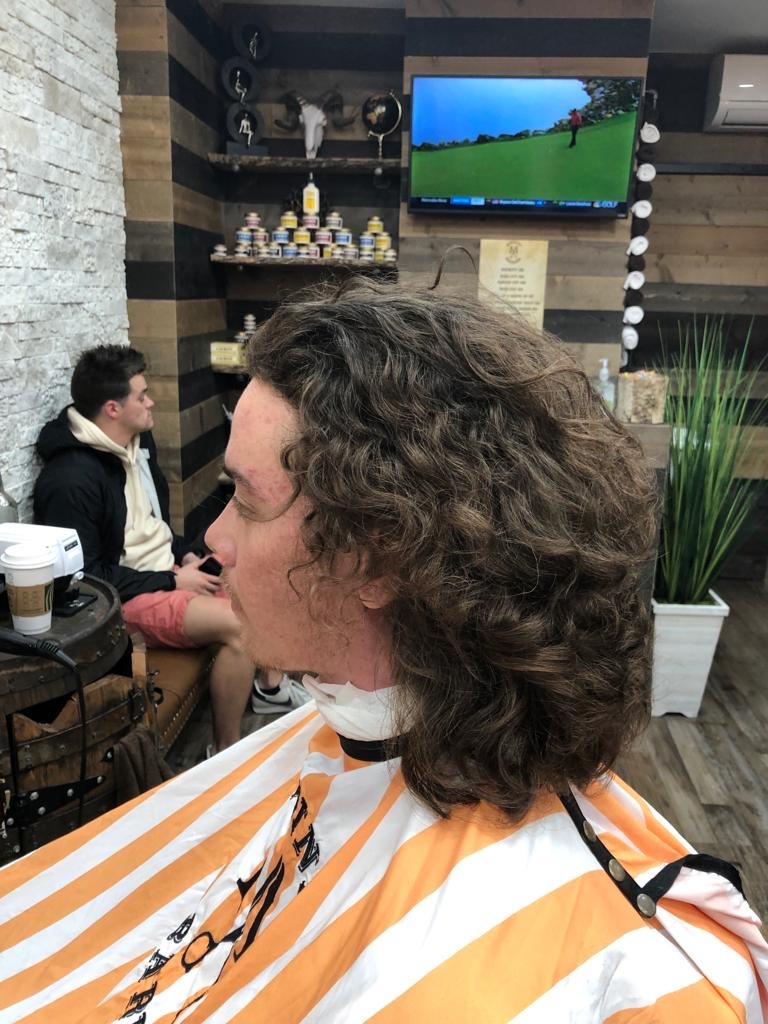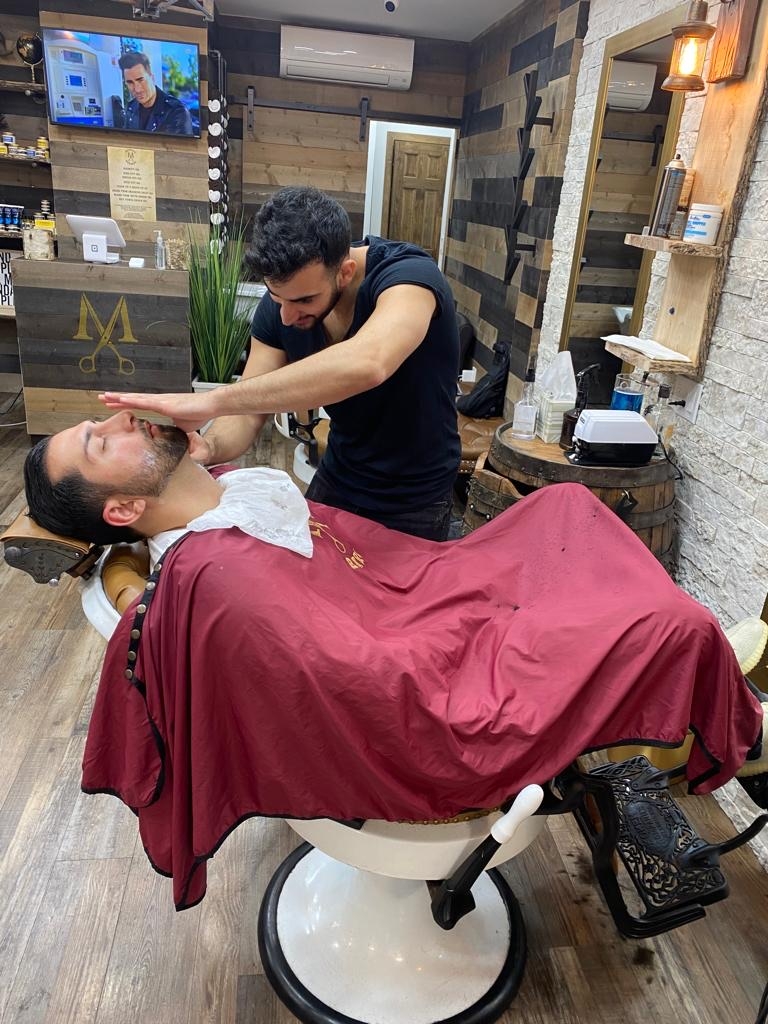Low Fade Haircut
What is the difference between a low fade and a high fade haircut?
A low fade haircut differs from a high fade in terms of where the fade starts on the head. A low fade typically starts around the ear and gradually tapers upwards, while a high fade starts higher on the head, closer to the temples. The low fade creates a more subtle and blended look, while the high fade offers a more dramatic contrast between the faded sides and the longer hair on top.



